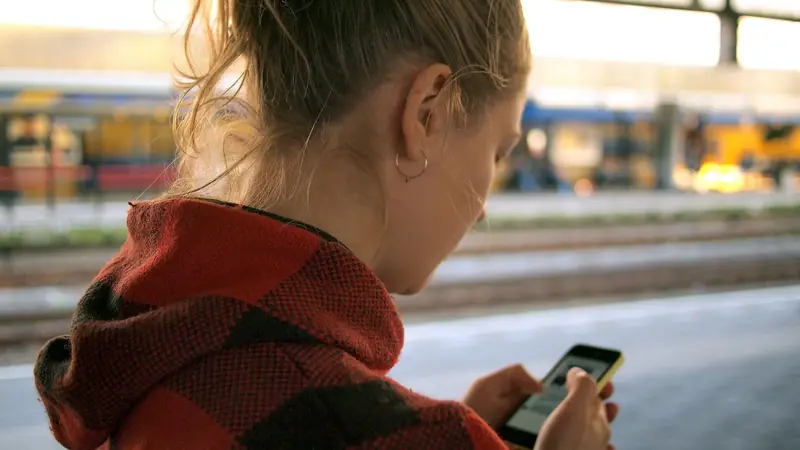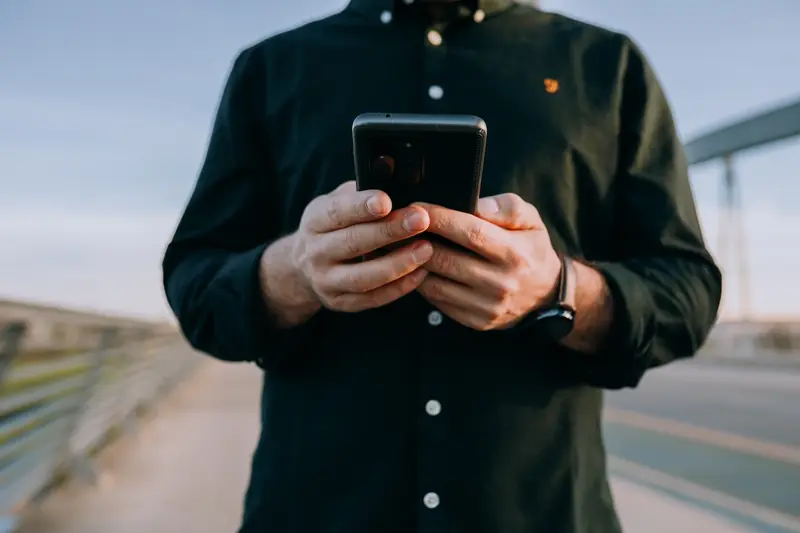
Juggling two tasks at once isn’t always an advantage. Research shows that people who text while walking are more likely to suffer serious falls. Even when participants in the study tried to be cautious, the risk of falling still increased. Moreover, their speed and accuracy in texting dropped by half while walking in areas with a moderate risk of falling.
Why Do People Fall While Walking and Texting?
It’s no surprise that looking at your smartphone while walking down the street increases the likelihood of a fall. Researchers asked 50 young adults to walk along a tiled path, which occasionally featured moving tiles that caused them to slip. Participants either walked normally or typed a predetermined phrase on their phones without any context.
The findings revealed that sending text messages significantly raised the risk of accidental falls among the subjects. They were observed slipping, but safety harnesses prevented them from actually hitting the ground.
 The conclusion that pedestrians risk falling while texting may seem obvious. However, motion sensors attached to each participant shed light on why this is such a dangerous idea. When people were texting, their gait became less stable, making it difficult for them to regain their balance.
The conclusion that pedestrians risk falling while texting may seem obvious. However, motion sensors attached to each participant shed light on why this is such a dangerous idea. When people were texting, their gait became less stable, making it difficult for them to regain their balance.
The study’s authors suggest that smartphones could benefit from a “texting lock” feature that would prevent users from typing while walking in potentially hazardous areas (like curbs).
As noted by lead author Matthew Brody, a neurobiologist and engineer, it seems that on any given day, up to 80% of people (both young and older) may be inclined to text while walking. This prompted him to investigate the dangers of this behavior.
Walking and Texting Leads to Falls and Texting Errors
According to Mr. Brody in an interview with the Daily Mail, he wanted to determine whether the danger was real or imagined and to measure the risk in a repeatable way. Researchers attached motion sensors to the head, torso, pelvis, and feet of each participant.
Participants were asked to walk along a standard tiled path, with assurances that there was no risk of slipping. They then walked the path twice, each time receiving warnings about the risk of slipping. In one instance, the warning was valid, as the tiles were adjusted to slide out from under them.
These three walking experiments were conducted with participants both texting and not texting. When participants were texting and slipped, their torsos swayed more dramatically—likely due to the shift from leaning forward to slipping backward.
This could complicate their ability to regain balance. During normal walking, when faced with the threat of slipping and the actual risk of falling, participants’ heads, torsos, and pelvises were less stable when they were also texting.
 Motion data indicated that participants were more cautious while walking and texting when warned about the risk of slipping. They slowed down and spent more time with both feet firmly on the ground. Unfortunately, this caution did not seem to mitigate the risk of falling.
Motion data indicated that participants were more cautious while walking and texting when warned about the risk of slipping. They slowed down and spent more time with both feet firmly on the ground. Unfortunately, this caution did not seem to mitigate the risk of falling.
Falling while focusing on a phone is just one unfortunate consequence of the desire to multitask. Researchers also identified another negative impact.
Scientists note that walking decreases the accuracy of text messages compared to those typed by someone sitting down. Additionally, previous studies have shown that pedestrians are more likely to collide with others and cross streets in front of oncoming traffic.
